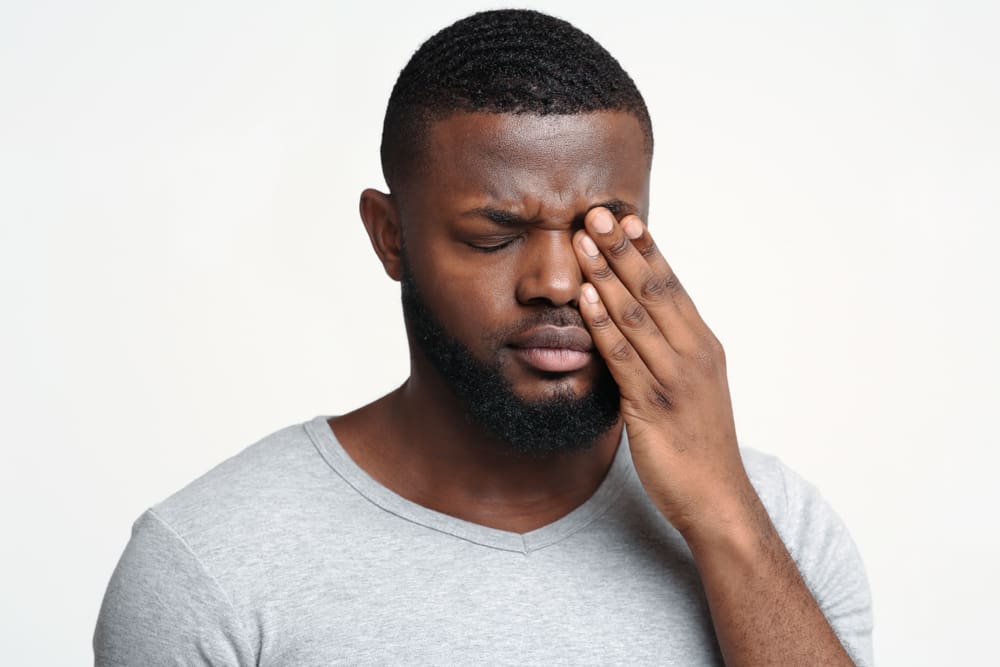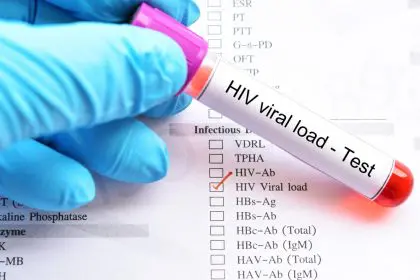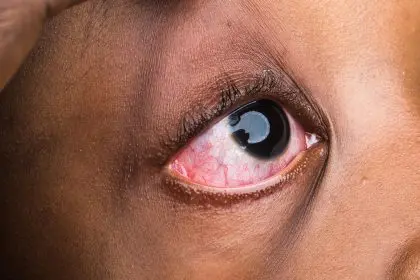Have you ever experienced the discomfort of waking up to find a painful bump on your eyelid? Chances are, it could be a stye – a common eye condition that, while bothersome, is typically harmless.
Styes can appear suddenly, causing pain and irritation. Understanding why they develop and how to manage them can help alleviate discomfort and promote faster healing. Whether you’re currently dealing with a stye or seeking knowledge to prevent future occurrences, this article aims to provide valuable insights into managing this common eye ailment.
What is a stye?
A stye, also known as a hordeolum, is a small, red, painful lump that develops on the eyelid. It’s typically caused by an infection of the oil glands in the eyelid, often due to bacteria such as Staphylococcus aureus.
Causes of styes
Styes can develop for various reasons, but some common causes include:
1. Bacterial infection: Staphylococcus bacteria are frequently responsible for causing styes. These bacteria can thrive on the skin and sometimes find their way into the oil glands of the eyelids, leading to inflammation and the formation of a stye.
2. Blockage of oil glands: The oil glands in the eyelids can become blocked, preventing the natural secretion of oils onto the surface of the eye. This blockage can result from factors like poor hygiene, makeup residue or debris getting into the eye.
3. Weakened immune system: Individuals with weakened immune systems may be more prone to developing styes as their bodies may struggle to fight off bacterial infections effectively.
Symptoms of a stye
Styes are typically easy to identify due to their distinctive symptoms, which may include:
– Pain or tenderness in the affected area
– Swelling and redness of the eyelid
– A small, pus-filled bump on the eyelid
– Sensitivity to light
– Watery eyes
– Crusty eyelashes upon waking
Treatment options
While styes often heal on their own within a week or two, several treatments can help alleviate symptoms and speed up the healing process:
1. Warm compresses: Applying a warm compress to the affected eyelid several times a day can help reduce pain and swelling. The warmth can also encourage the stye to drain, promoting faster healing.
2. Maintain good eye hygiene: Keeping the eyes clean and free of irritants can prevent styes from developing or worsening. Be sure to remove makeup before bed and avoid sharing eye makeup or towels with others.
3. Avoid popping or squeezing: It may be tempting to squeeze or pop a stye, but this can worsen the infection and lead to further complications. Let the stye heal naturally, and avoid touching or rubbing the affected eye.
4. Over-the-counter pain relievers: Non-prescription pain relievers such as ibuprofen or acetaminophen can help alleviate discomfort associated with a stye.
5. Antibiotic ointments: In some cases, a doctor may prescribe antibiotic ointments to help clear the infection and speed up healing.
Preventing styes
Taking simple precautions can help reduce the risk of developing styes in the future:
– Practice good hygiene by washing your hands regularly and avoiding touching your eyes unnecessarily.
– Remove makeup before bedtime to prevent clogging of the oil glands.
– Replace old or contaminated eye makeup to prevent bacterial buildup.
– Avoid sharing towels, pillows or other personal items that come into contact with your eyes.
When to see a doctor
While most styes can be treated at home, you should seek medical attention if:
– The stye does not improve within a week or gets worse.
– The swelling or redness spreads to other parts of the eye.
– You experience changes in vision or severe pain.
While a stye on your eye may cause discomfort, it is generally a minor issue that can be effectively managed with simple home remedies and good hygiene practices. By recognizing the common causes and symptoms of styes, you empower yourself to take proactive steps towards prevention and maintaining optimal eye health.
This story was created using AI technology.















